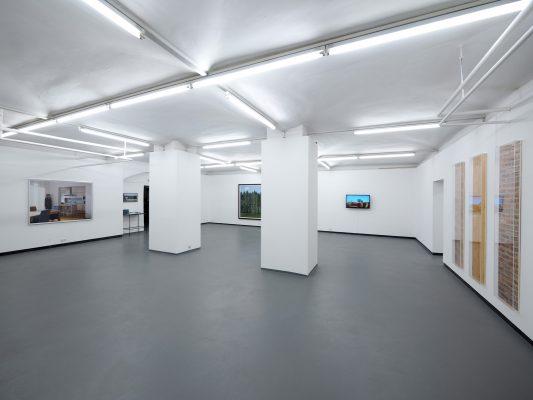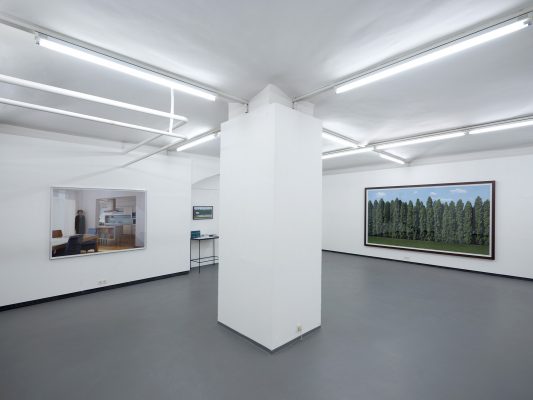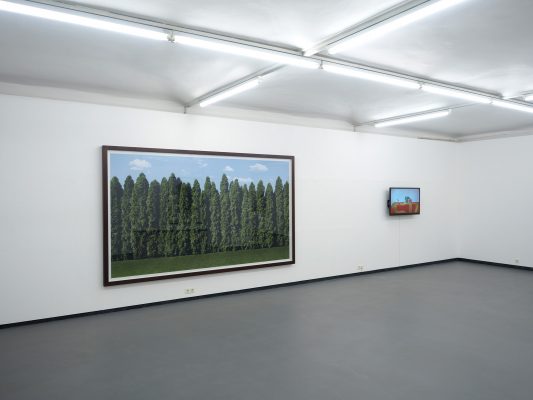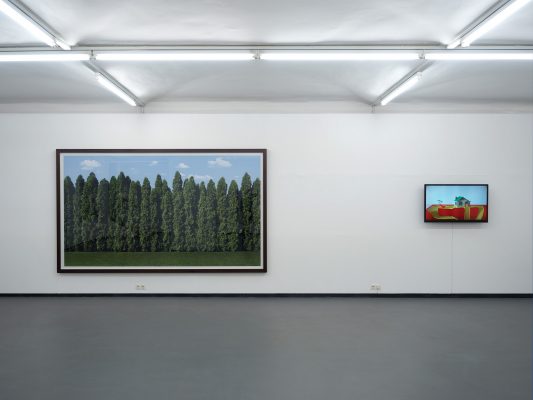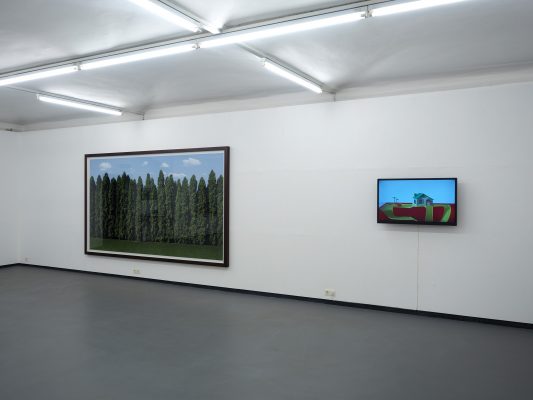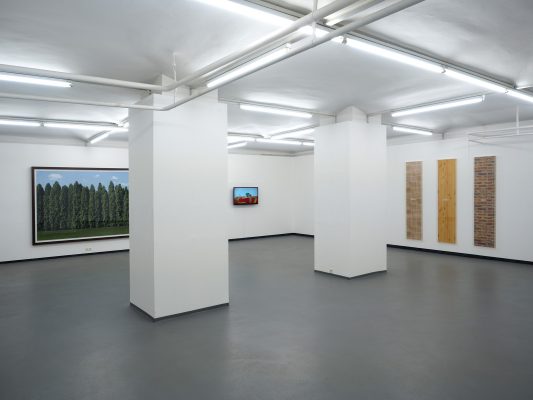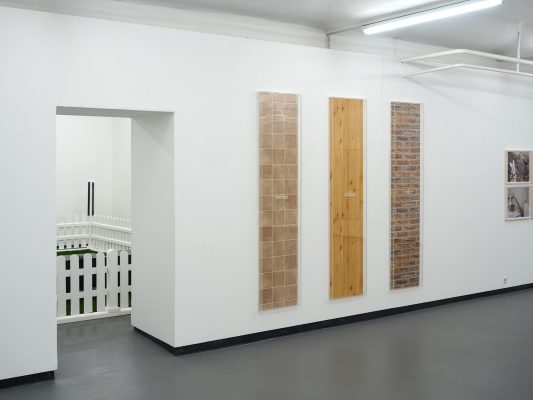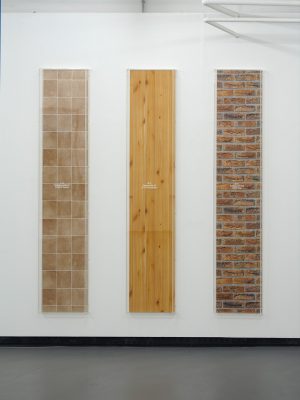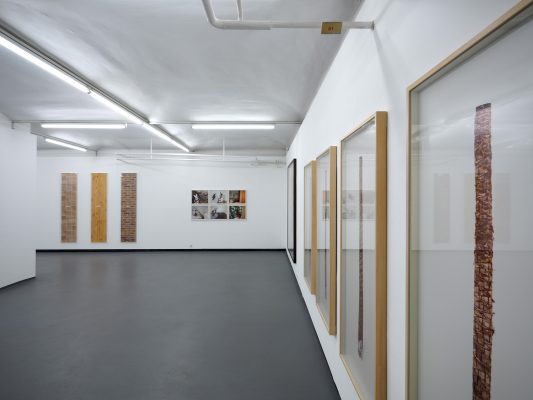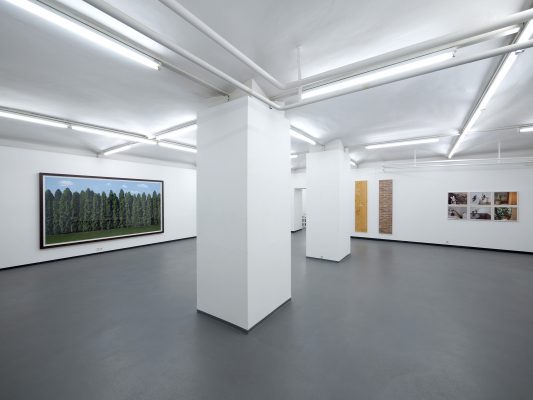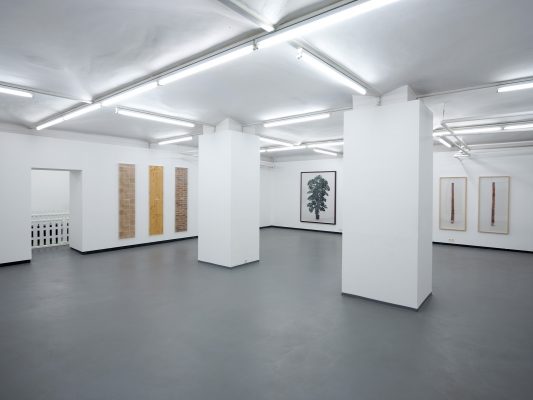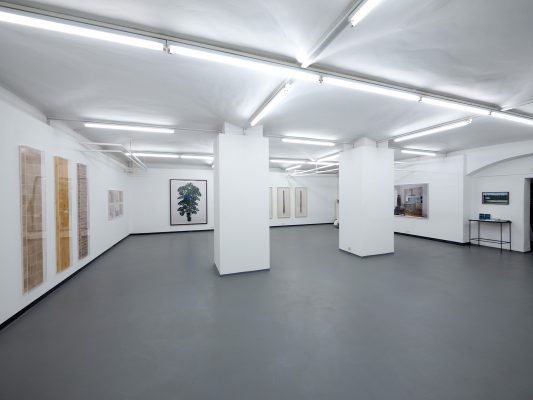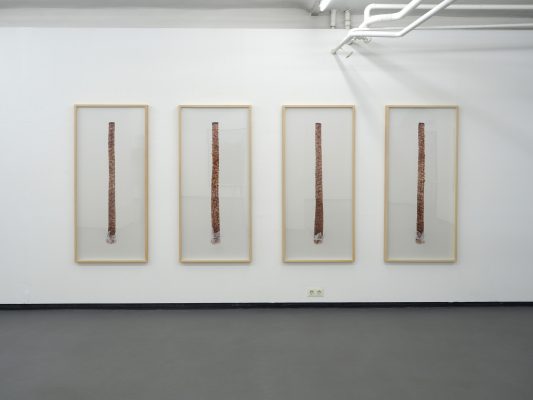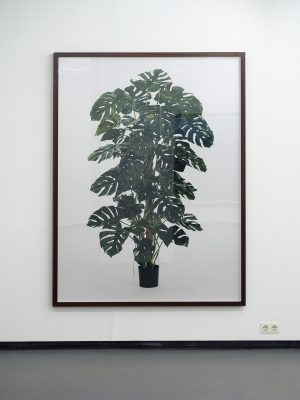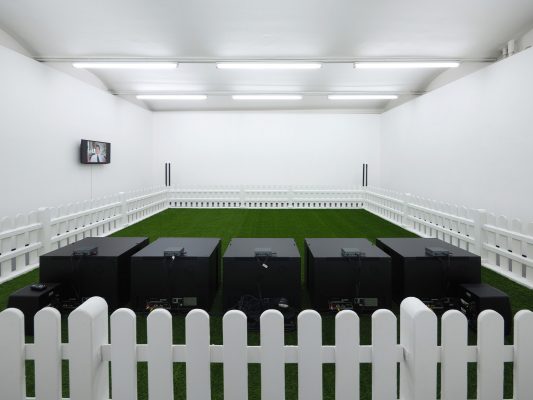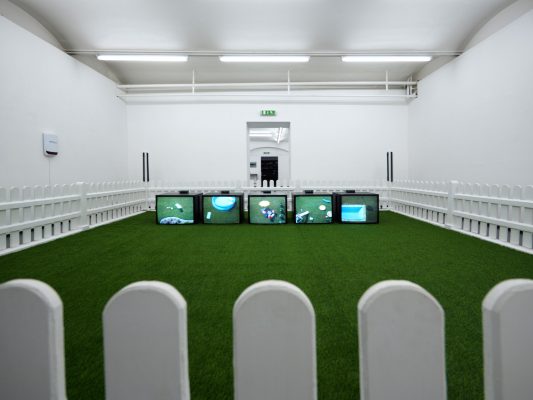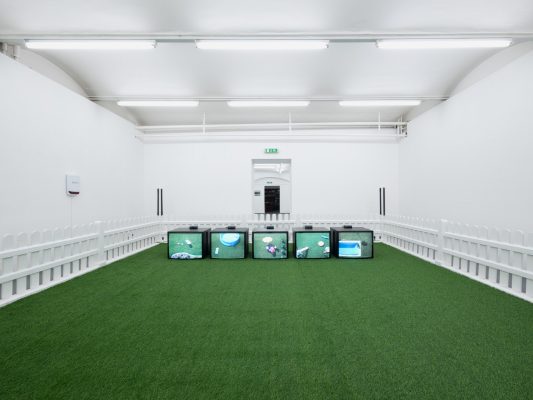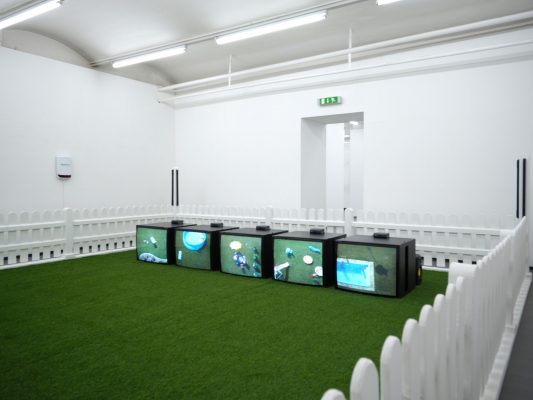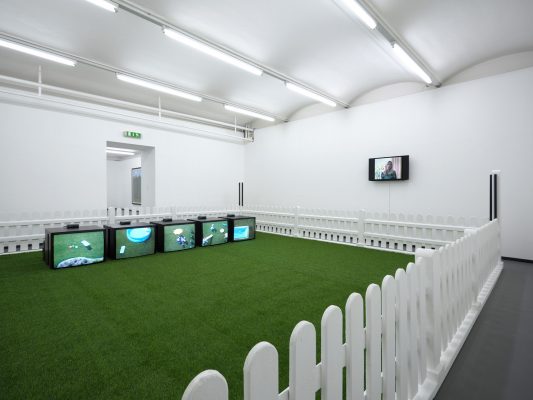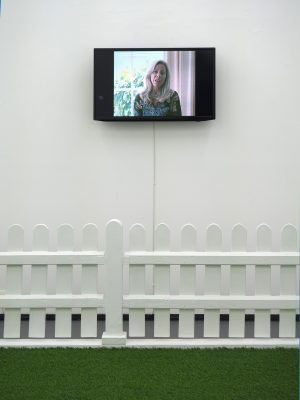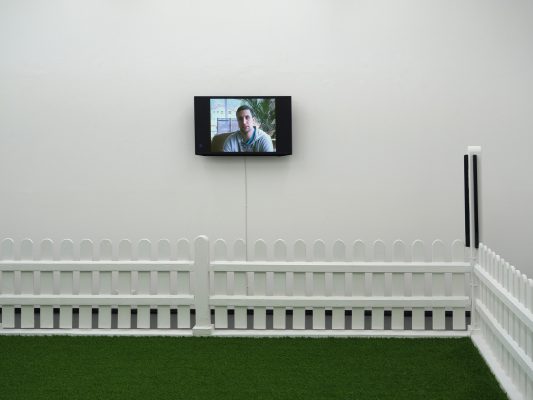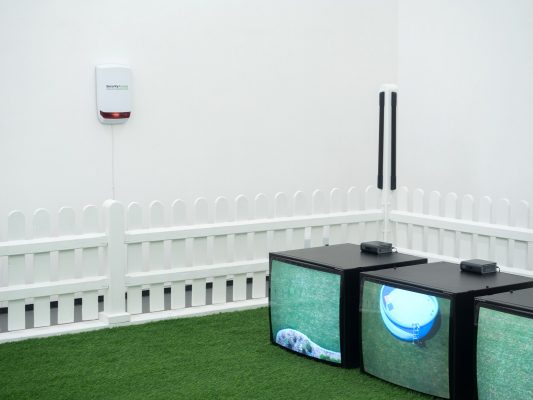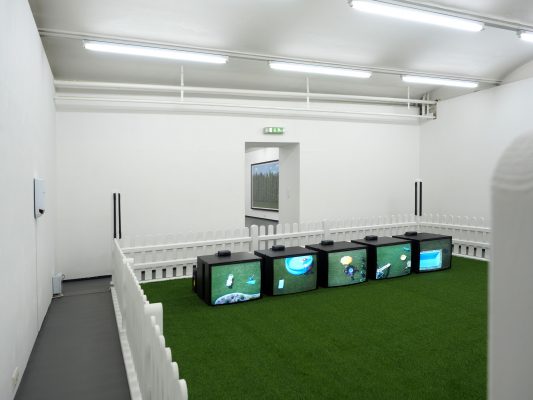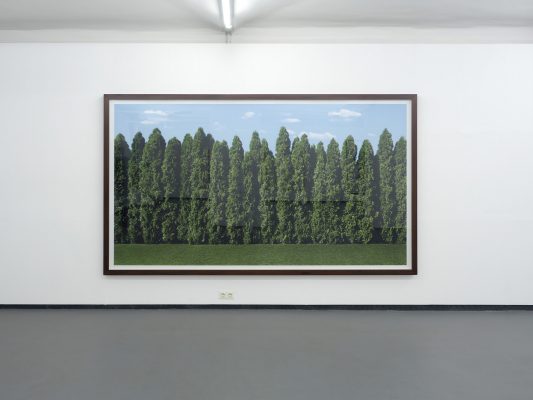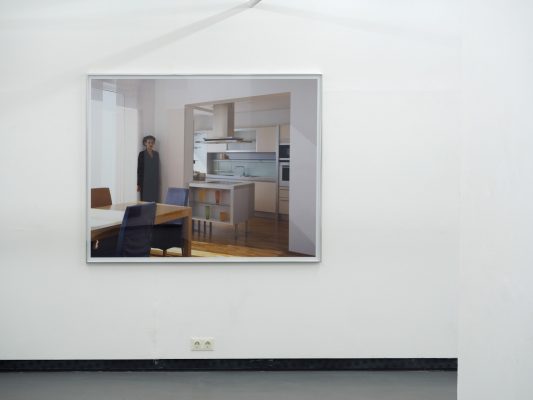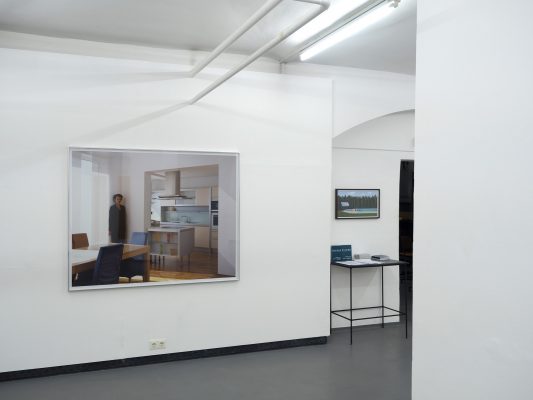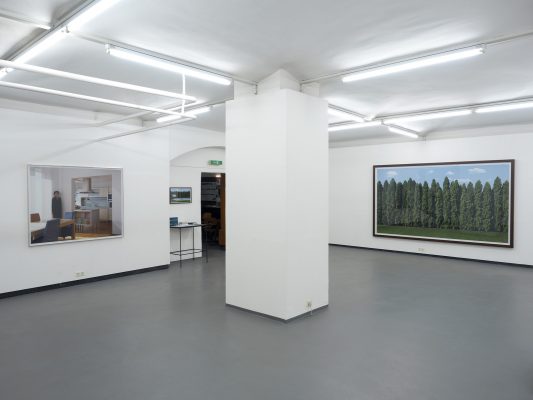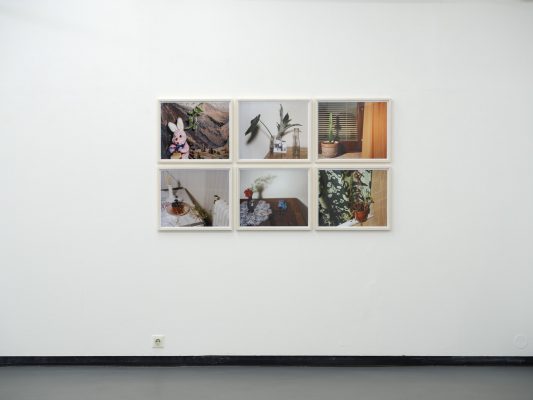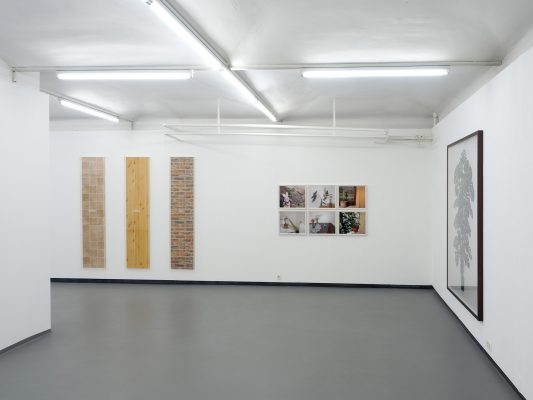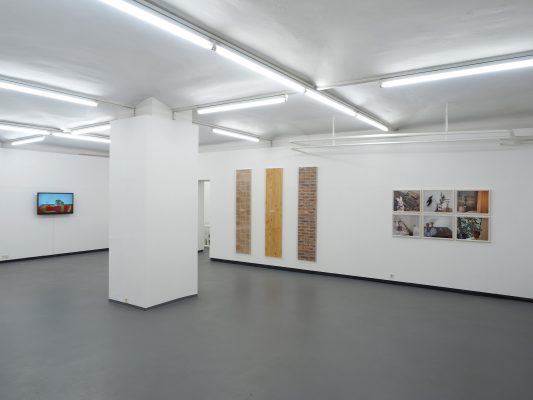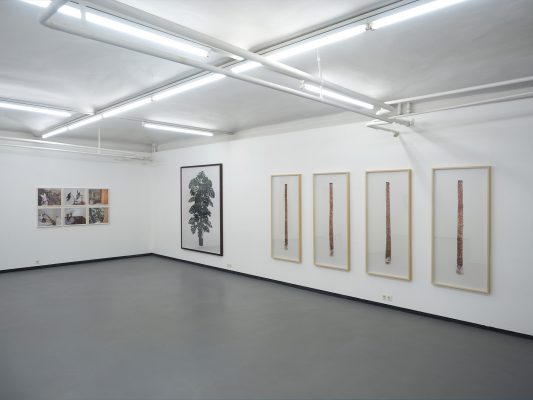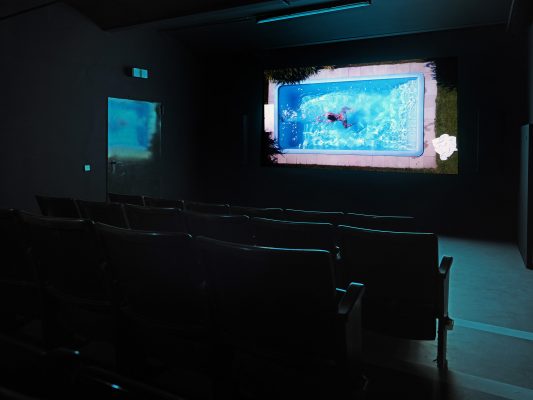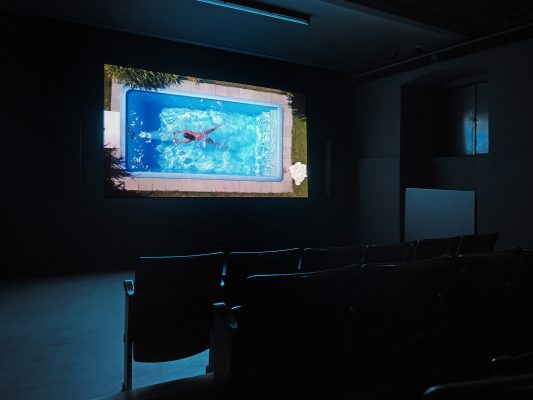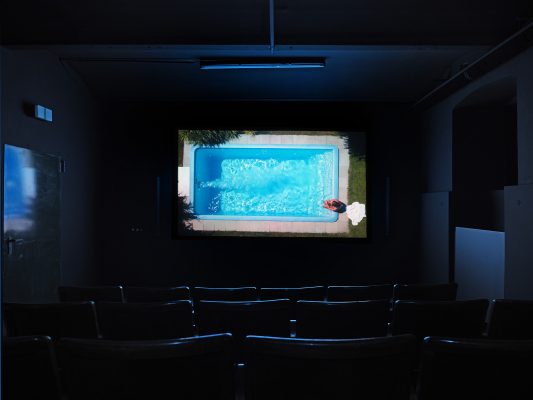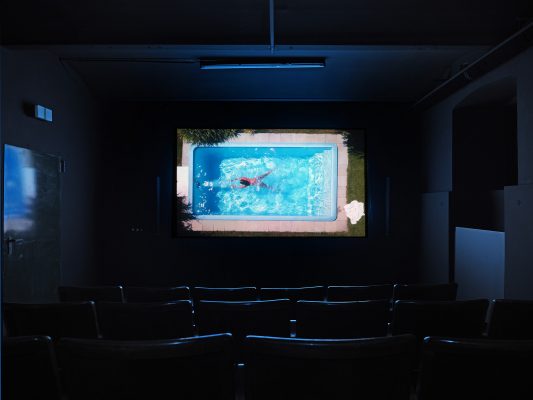Opening: Monday, 23 October, 7 p.m.
Introduction: Günther Oberhollenzer
Duration: 24 October–25 November 2017
Finissage, Artist talk and Catalogue presentation: Thursday, 23 November, 7 p.m.
sponsored by: BKA Kunst; MA7-Kultur; Cyberlab; SecurityAccess
WERKSCHAU XXII is the continuation of the annual series of exhibitions in the FOTOGALERIE WIEN which has been going on for the last twenty years. They present contemporary artists who have significantly contributed to the development of art photography and the new media in Austria. To date there has been a cross section of work by Jana Wisniewski, Manfred Willmann, VALIE EXPORT, Leo Kandl, Elfriede Mejchar, Heinz Cibulka, Renate Bertlmann, Josef Wais, Horáková + Maurer, Gottfried Bechtold, Friedl Kubelka, Branko Lenart, INTAKT – Die Pionierinnen (Renate Bertlmann, Moucle Blackout, Linda Christanell, Lotte Hendrich-Hassmann, Karin Mack, Margot Pilz, Jana Wisniewski), Inge Dick, Lisl Ponger, Hans Kupelwieser, Robert Zahornicky, Ingeborg Strobl, Michael Mauracher, PRINZGAU/ podgorschek and Maria Hahnenkamp. For WERKSCHAU XXII we have invited the artist Robert F. Hammerstiel.
Robert F. Hammerstiel was born in 1957 in Pottschach (AT); he lives and works in Vienna. In his art works – photographs, films and installation – he is concerned with the human desire for happiness, comfort, security, idyllic surroundings and the associated wish-fulfilment projections. The acknowledgement of existential limitations and the hopelessness of being trapped in the Sisyphus-like circle of life combined with an increasing loss of orientation in a world that seems difficult to access leads to many people fleeing from reality into illusionary worlds of substitutes and withdrawals based on goods which the consumer industry offers via its effective advertising. These surrogates include private homes which provides the title of the artist’s retrospective in the FOTOGALERIE WIEN: Home at Last.
Home is not only lovingly furnished and decorated by its inhabitants, cleared up and cleaned to the point of sterility, but is often also protected in extreme ways — simultaneous cocooning and formal separation by means of high hedges and alarms. This ambivalent homely/uncanny situation is depicted in a particularly emphatic way in e.g. the installation Private Territory III and a large format photograph from the four part series Make Yourself at Home VII. Other series are concerned with the different substitute worlds created for one’s own home. Artificial, mass-produced or ornamental plants hand-trimmed to a norm reveal the desire for decorative arrangements. “Portrayed” against a white background and staged with an advertising aesthetic, they are thus exposed as wish-fulfilment projections and shams, unmasked as illusions of a perfect nature (e.g. Trust Me, Yucca). The pet as a human protector and friend (e.g. A Dog’s Life, Rex) or the lovingly cared-for garden – with perfectly mowed lawns, mass-produced play equipment and a clean swimming pool – (e.g. Playground III, Warum bin ich nicht überrascht? [Why does that not surprise me?]) can serve as further handholds for people. Even if these items are only prefabricated and pre-conceived stereotypes and surrogates that pander to human desires, without them – perfidy of existence – people are helplessly exposed to their own fears and insecurities.
In his works Hammerstiel moves between staging and finding what already exists, between fiction and reality, and he achieves deep insights about our lives, our yearnings and hopes.
(textual support: Günther Oberhollenzer)
